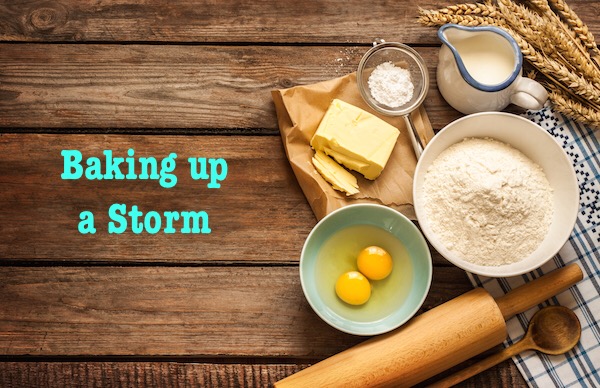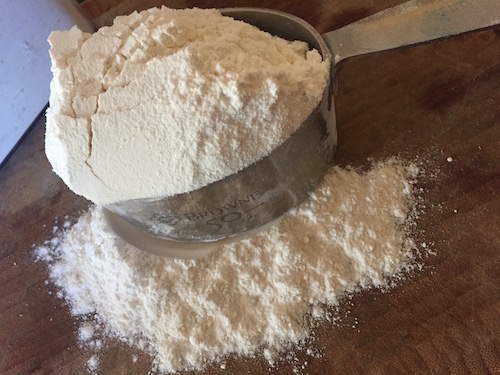Holidays are a time for baking all our favorite, cookies, pastries, and breads. Here we highlight two of the essential ingredients in baking – flour and butter – and discuss how choosing the right ingredients can make all the difference.
Keep in mind, that choosing the best ingredients will ensure the best possible outcome. But don’t fret if you don’t have cake flour on hand, go ahead, make the cake, it will still turn out just fine!
Flour
Bread flour has a high-gluten content and small amounts of malted barley flour and vitamin C or potassium bromate added. The barley flour helps the yeast work properly and the other additives help increase the elasticity of the gluten as well as its ability to retain gas as the dough rises and bakes. Bread flour gives a loftiness and chewiness to breads and pizza crusts.
All-purpose flour is made from a blend of high- and low-gluten wheats, and has a bit less protein than bread flour. All-purpose flour can always be substituted for bread flour, although your results may not be as wonderful as you desire.
Pastry flour is a relatively low-protein flour that is often called for in making biscuits, cookies, pie crusts, and pastries. The protein content of any given type of flour determines the texture of the baked item.
Cake flour has a 6-8% protein content and is made from soft wheat flour. It is chlorinated to further break down the strength of the gluten and is smooth and velvety in texture. Good for making cakes (especially white cakes and biscuits) and cookies where a tender and delicate texture is desired.
Make Your Own Cake Flour: One cup sifted cake flour can be substituted with 3/4 cup sifted bleached all-purpose flour plus 2 tablespoons of cornstarch.
Butter: Sweet or Salted Butter?
It may seem obvious that the difference between salted and unsalted butter is the addition of salt (in the former). Further, the amount of butter added from brand to brand differs, so you can never tell how much salt is added. It is estimated that as much as 3/4 teaspoon can be in a stick of salted butter, but this varies depending on brand and place of origin.
You should also consider this: Salt is a preservative, meaning that salted butter can last two to three months longer in the refrigerator than unsalted butter. If this is true, salted butter is often less fresh than unsalted.
Generally, it is best to buy and use only unsalted butter for cooking and baking, especially since you can’t even reliably determine how much salt is in any given stick.
A few other tips to remember:
* Refrain for using light, whipped or reduced-fat butter when baking.
* European style butter is rich, sweet and creamy with high butterfat content and low moisture making it ideal for cooking as it doesn’t burn as quickly as other butters.
* Butter picks up odors, so store air tight in the refrigerator, 1 month for regular and 2 weeks for unsalted, or both in the freezer for up to 6 months.
* 1 stick of butter = 8 tablespoons = 1/2 cup = 1/4 pound








